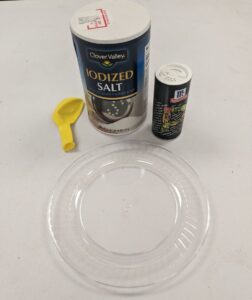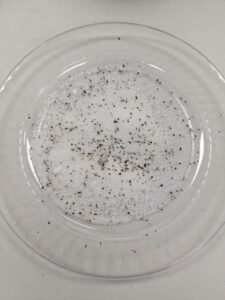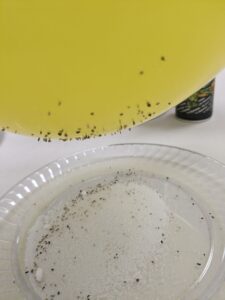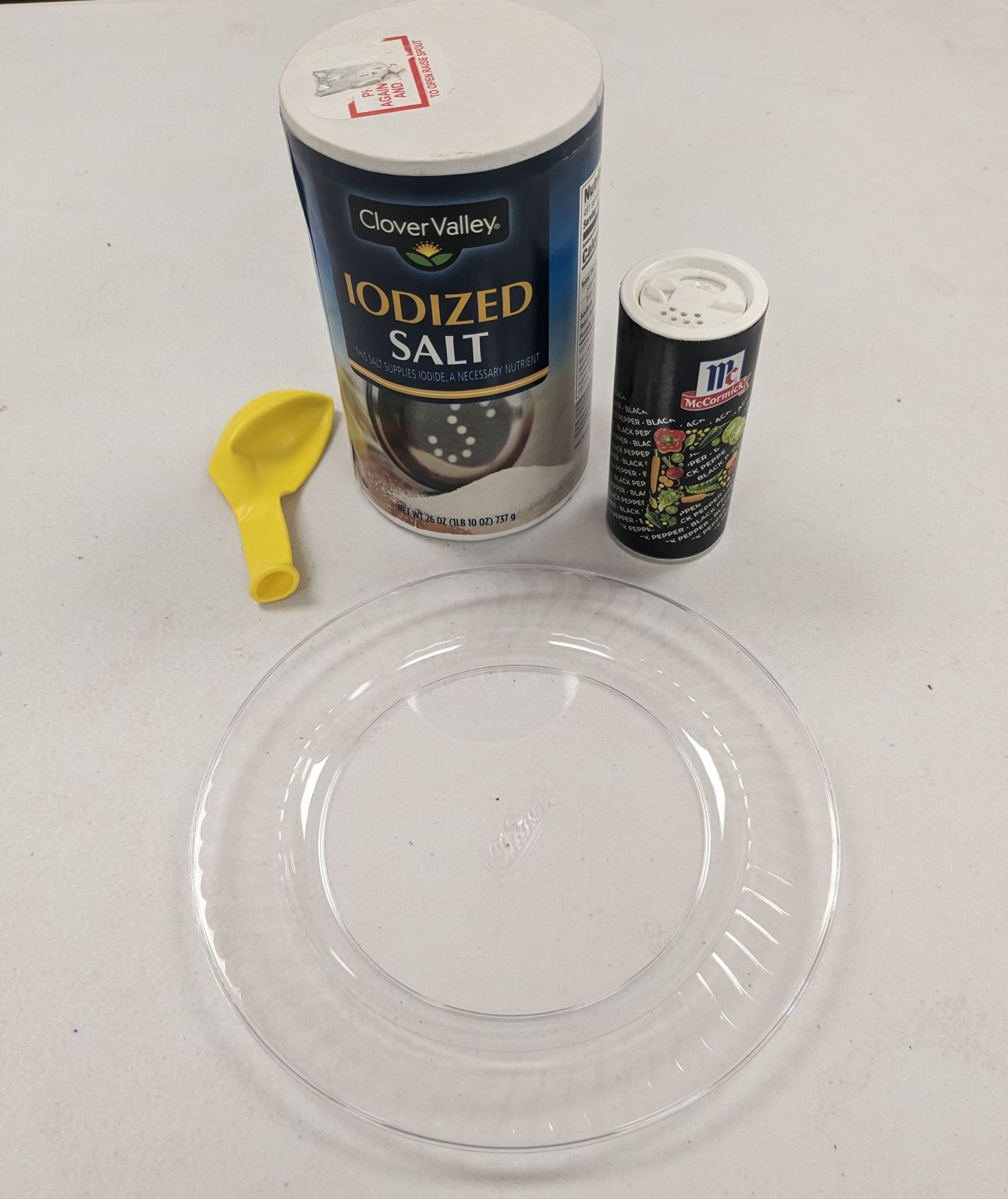 Here’s a STEAM-centered activity to do at home with your young scientists to help them better understand what electricity is!
Here’s a STEAM-centered activity to do at home with your young scientists to help them better understand what electricity is!
Is it shocking to think about how often we use electricity in our everyday lives? As our local students, teachers, and administrators get ready to start another school year, take a minute to think about all of the different ways a student or teacher uses electricity during the school day. Whether it’s something small scale, such as simply turning on lights in a classroom or using an electric pencil sharpener to keep those pencils sharp, or something much bigger, like commuting to school in an electric car or using solar panels to harness the power of the sun to create the electricity that charges school computers, electricity is all around us. But just what is electricity, and why is it so important here at the Pennsylvania Trolley Museum?
We can define electricity as the flow of electrons, which are a very small part of something called an atom. Everything in the entire world is made up of atoms. They’re too small to see with the naked eye. Also inside of an atom are other tiny particles, known as protons and neutrons. Some of these tiny particles carry a charge. Electrons have a negative charge, which protons have a positive charge. Neutrons are completely neutral and have no charge at all. When electrons move, or flow, it creates what we know as electricity.
Activity Time
To learn more about electricity, gather the following materials to conduct your own experiment at home with your young scientists! For this activity, you’ll need the following supplies:
- Salt
- Pepper
- Plate
- 1 balloon

Step 1
- Carefully pour an equal amount of salt and pepper onto a plate. Carefully mix the salt and pepper together.
- Tip: It doesn’t matter if it’s a paper or plastic plate, but it helps to use a colorful or clear plate. This makes it easier to see both the salt and pepper.

Step 2
- Ask your young scientist: what is the best way to separate the salt and the pepper from each other now that they are mixed together?
Step 3
- Let your young scientists experiment to see if they can figure out a way to separate the salt and pepper. What kind of ideas can they come up with? They may question how the balloon is helpful at trying to separate salt and pepper.
Step 4
- Inflate the balloon. Carefully rub the balloon against your hair several times.
- Tip: You can also use clothing, such as a wool sweater, or a microfiber towel to rub against the balloon as an alternative to rubbing it against your head.
Step 5
- Make a hypothesis, or an educated guess about what will happen during the next part of the experiment. What will happen when the balloon gets close to the plate of salt and pepper?
Step 6
- Slowly move the balloon towards the plate of salt and pepper, making sure to keep it at least an inch or two above the plate. Watch what happens!

What’s Happening?
Is it magic? No, it’s science – specifically something called static electricity.
Static electricity is what we call the build-up of electrical charges on the surface of an object, such as a doorknob or a balloon. Rubbing a balloon against another material gives the balloon a negative charge. This is because electrons are pulled away from the material that you’re rubbing against (like your hair) and instead attach themselves to the balloon. The more you rub the balloon against your head, the more static electricity is created.
Opposite charges attract each other. The salt and pepper sitting on the plate have a positive charge. When the negatively-charged balloon is held over the plate of salt and pepper, the balloon attracts the positively-charged bits of salt and pepper both. However, the pepper is lighter than the salt, which is why the pepper is pulled up towards the balloon.
Static electricity is not a powerful enough type of electricity to power our homes, our electrical devices, or the trolleys here at the museum. These objects need a stronger source of electricity known as current electricity. Learn more about current electricity and how trolleys use electricity to move on your next visit to the museum!
Extension Ideas
Want to keep the experiment going, or use this activity as a science project? Here are some additional activity ideas!
- Is there a way to get both the pepper and the salt to stick to the balloon? Experiment by using a bigger or smaller balloon to see if this changes what happens. You can also see what happens when you rub the balloon longer or shorter periods of time. What happens if you rub the balloon and build up static electricity for only 10 seconds? What about 60 seconds?
- How close does the balloon need to be in order to attract pepper? Make another hypothesis, then use a ruler to measure exactly how far away the balloon needs to be. What’s the farthest you can hold the balloon away from the plate and still get the pepper to move?
- Instead of using salt and pepper, what other kinds of items might this work with? What about sugar, cinnamon, or pieces of cereal?
- Are there other objects you can use to create a negatively charged object that can move the salt and pepper? Try using a spoon or a comb. What other objects will you test?
If you carry out these experiments at home, we want to hear from you! Feel free to share any pictures of videos of your activity and tag us on social media.


